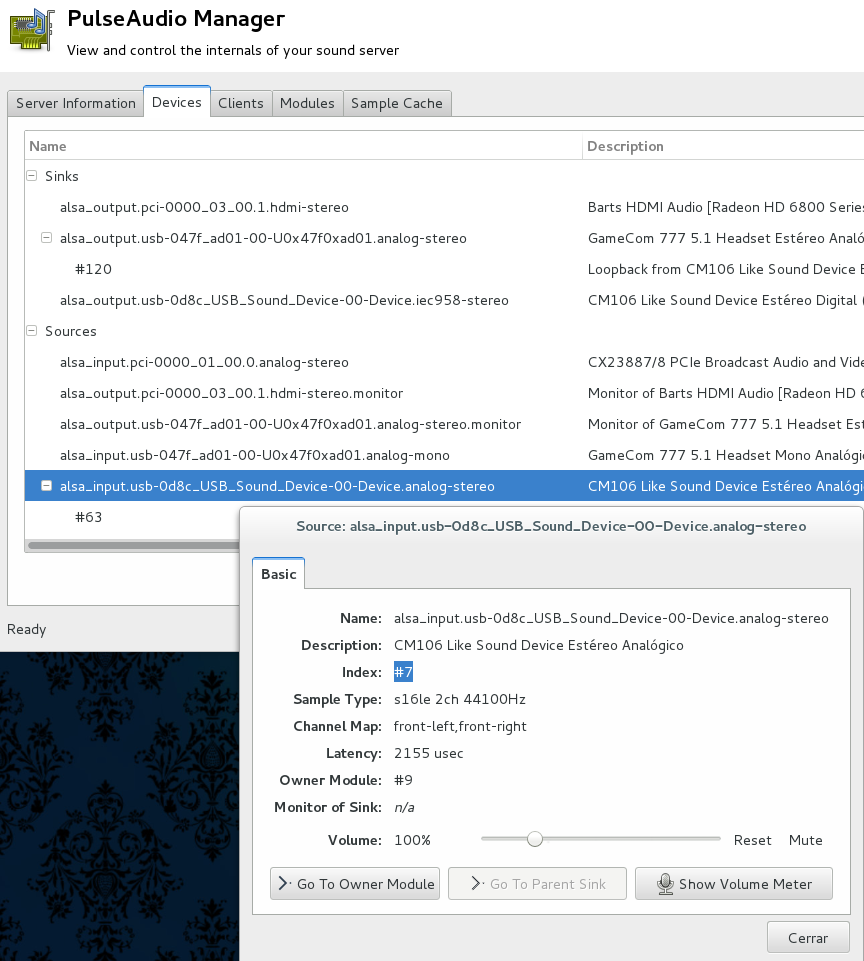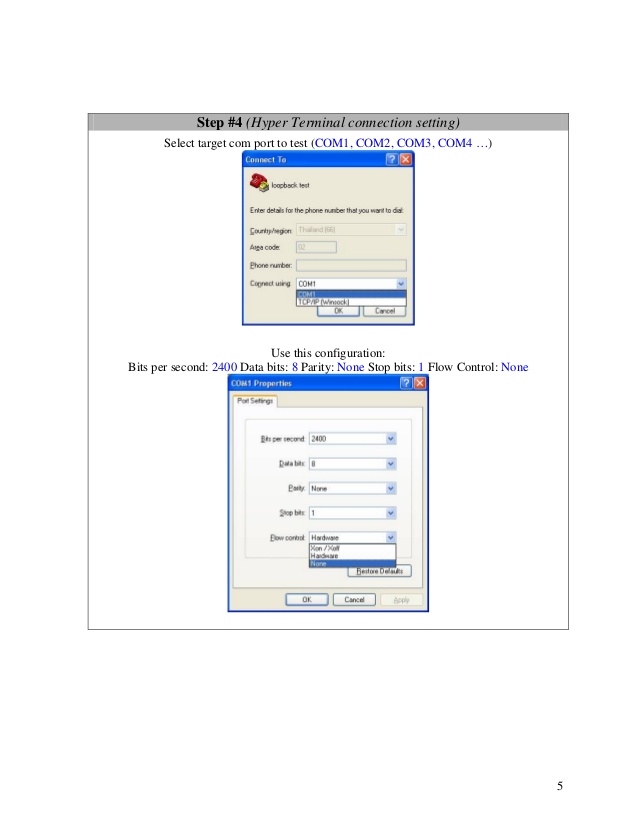

- #Audio loopback pulseaudio install#
- #Audio loopback pulseaudio Patch#
- #Audio loopback pulseaudio download#
- #Audio loopback pulseaudio windows#
We’ve got a whole tutorial on advanced screensharing for clip playback in Streamyard using VLC so be sure to check that out if you're going to use this audio loopback for Streamyard. VLC Player is a program that you can set audio outputs for independently which is extremely useful for screensharing video clips into Streamyard without messing up the rest of your sound. Instead, leave Zoom/Streamyard feeding directly to your headphones and set either the system overall, or the specific application you’re sharing, to output to that Multi-output device. This is because you would wind up sending everyone on the call their own audio right back on a slight delay and that will really mess with them. Ubuntu Basics RECORD BOTH MICROPHONE AND PLAYING VIDEO VIA PULSE AUDIO LOOPBACK - : 11:48. For one, you’re pretty much never going to want to set your Zoom or Streamyard speakers to that Multi-output device or to the VB-Cable directly. Pulseaudio - Change Playback Output Device. So that’s the bulk of it! There a few more issues to be aware of though.
#Audio loopback pulseaudio download#
It’s called VB-Cable Virtual Audio and you can find the download page by clicking here. So let’s turn to a program that’s free, works on Macs and PCs and installs safely with just a few clicks.
#Audio loopback pulseaudio install#
Soundflower has been the gold standard for years, but it’s Mac only and if you try to install it these days you have to override Mac’s newest security guidelines just to trick it into installing.

There’s even one that’s actually called " Loopback" but it costs quite a bit of money, so let’s ignore that one. That’s where installing a third party loopback application comes in handy. Streamyard also has a solution but it only works with Chrome tabs, so if you need to share sound from another program (like say Premiere for a tutorial!) you’re out of luck. Zoom has their own proprietary solution to this that auto-installs at the time that you install Zoom, but its actual quality isn’t fantastic. So let’s break it down.įirst, why would you need this? Well, anytime you’re screensharing content over services like Zoom or Streamyard that includes audio, you’ll need loopback sound of some kind.

It can wind up being a kind of tricky concept, but it has myriad uses, especially in the days of social distancing. This is the concept of virtualy routing the audio out from your computer directly to a destination without needing any cables or additional hardware.
#Audio loopback pulseaudio Patch#
PulseAudio is a large project maintained by a small yet passionate group of volunteers! Our development team currently consists of three individuals who maintain the code-base in our free time! (This probably amounts to less than one full time developer.) Important bug reports and patch submissions are often handled more slowly than we would like.Let’s talk loopback audio.
#Audio loopback pulseaudio windows#
Windows binaries are not provided by this site.ĭetails. If you're having issues on those systems, you must fix them yourself. We do not currently offer support for non-Linux systems, but patches for these systems are welcome and appreciated.

Though PulseAudio was designed for Linux systems, it has also been ported by independent developers to Solaris, FreeBSD, NetBSD, MacOS X, Windows 2000 and Windows XP. Upstream support is only for Linux systems. PulseAudio for Linux has an active community which you can find support and engage with the developers. Things like transferring audio to a different machine, changing the sample format or channel count, or mixing several sounds into one input/output, are easily achieved using PulseAudio.Ĭheck out our About page for more details, and our FAQ for details about commonly asked questions. This is the concept of virtualy routing the audio out from your computer directly to a destination without needing any cables or additional hardware. It performs advanced operations on sound data as it passes between your application and hardware. It is an integral part of all relevant modern Linux distributions and is used in various mobile devices, by multiple vendors. PulseAudio is a sound server system for POSIX OSes, meaning that it is a proxy for your sound applications. Home About Community Download Documentation Planet


 0 kommentar(er)
0 kommentar(er)
